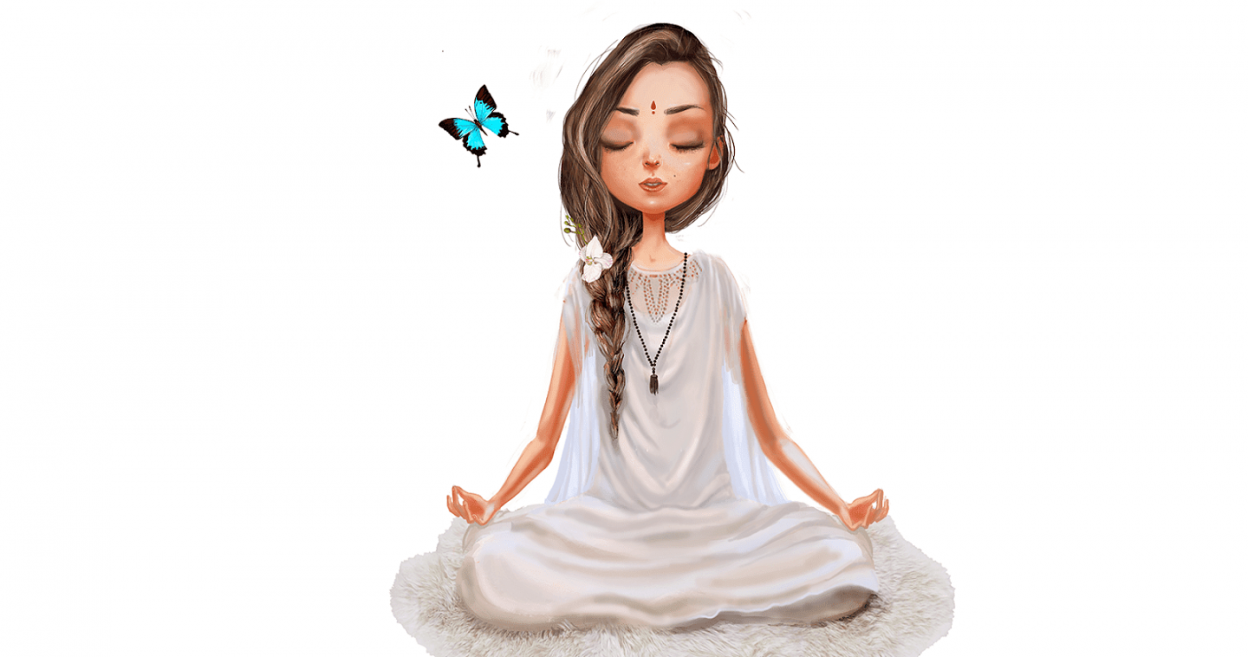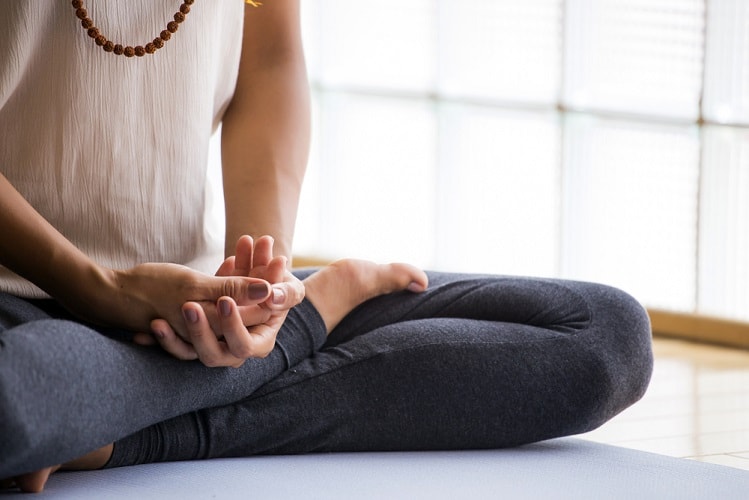Whether you are aware of it or not, your feelings have an enormous influence on your every choice and experience. Learn how to tap into the deep intelligence of your feelings and use them as a guide to greater happiness and success.
man taking deep breath
There are two basic paths we take through life: thinking and feeling. Rational thought is highly prized in an age of science and technology, but in everyday life all kinds of feelings intervene. People assume they are dealing with their lives rationally, but everyone experiences a mixture of thinking and feeling. This mixture can be confusing and needs to be straightened out if you want to make your way through life consciously, in full awareness.
The path of thinking your way through life appeals to rationalists, but they are fooling themselves. Feeling is always a part of every experience, every decision, every life choice. Here are some examples of how this works:
Think of a food you hate. See yourself putting a bite of this food in your mouth. It could be snails, a raw oyster, or boiled cabbage. Try to taste the food as if you loved it instead. You probably can’t because the taste is cemented with your feeling about it.

Put yourself in the place of a homeless person living with small children on the street. Visualize the situation; no doubt you’ve observed something similar in real life. Imagine that a stranger walks up to you and hands you $1,000 in cash. You thank him profusely, but then he laughs scornfully and snatches the money back. Can you see the situation without any emotion? This is a dramatic example of how everything we see comes with an interpretation at the level of feeling.
Imagine that you are on a long hike in the mountains and have lost track of time. Now it is dark, the temperature is falling fast, and you must get back to camp. In pitch blackness you reach a cliff, almost stumbling over the edge. You vaguely remember that the drop isn’t far, maybe two feet. On the other hand, if you’ve gotten lost, the drop off could be a hundred feet. There is no turning back. Can you deal with the situation without feeling anxious? Few people could.

The point of these scenarios is that we all feel our way through life far more than we realize. We assume that we are thinking logically from one decision to the next. In reality, how we feel is much more dominant. The ancients used to believe that the heart was the seat of intelligence, and they really weren’t wrong. Feeling has its own deep intelligence. It is limiting and often damaging to overlook that fact. Someone will say that they feel too much; they always lead with the heart, for example, and because of this they get their heart broken a lot. Yet as often as not, love is lost by overthinking and not paying enough attention to feelings with an attitude of trust. I think heartfulness is just as important as mindfulness.
Finding Freedom in Your Feelings
Here is a practice that uses the feeling level of your own awareness to connect with your body in the present moment.

Find a quiet place where you won’t be disturbed for 5 or 10 minutes.
Close your eyes, and let your attention freely go to a place of discomfort in your body. If you have mental pain instead—a worry, for example, or any persistent feeling that is bothering you—let it come to mind.
Focus lightly on the discomfort or painful thought for a few seconds, then take your attention away from it. Focus on the outline of your body instead. Feel the air around you, the temperature on your skin, and the sensation of the whole body.
Return to your discomfort or painful thought, then once again expand your awareness away from that sensation to your whole body. Repeat several times.
Now expand a little farther. Feel your discomfort or painful thought, then expand your awareness to the room around you. Listen to any sounds and visualize your awareness expanding like a balloon to fill the room. Repeat several times.
Finally, expand your awareness everywhere. Feel your discomfort or painful thought, then sense your awareness going beyond the walls of the room, out of the building, and steadily growing until it has expanded beyond all boundaries.
Sit quietly for a moment, then open your eyes.
For most people, the discomfort or painful thought that they began with will diminish, sometimes remarkably. Extreme, persistent pain and anguish can vanish. One session isn’t a permanent cure, naturally, but this exercise is really about learning not to pay attention.
Any kind of pain demands attention. It is up to you whether to passively give in. If that happens, you will aggravate the pain, like the way your tongue will persistently probe a sore tooth or cold sore by constantly touching it over and over.
To get out of this automatic reaction, you can consciously move your awareness wherever you want it to go. That’s what you are learning to do in this exercise. It’s a perfect example of how to free yourself from a stuck response simply by taking control of your awareness.
In the end, learning how to feel your way through life offers the best hope of happiness and success. Feeling occurs in the whole body-mind, which gives us a practical reason to unite body and mind rather than trying to keep them separate.
Originally Published: chopra.com

















